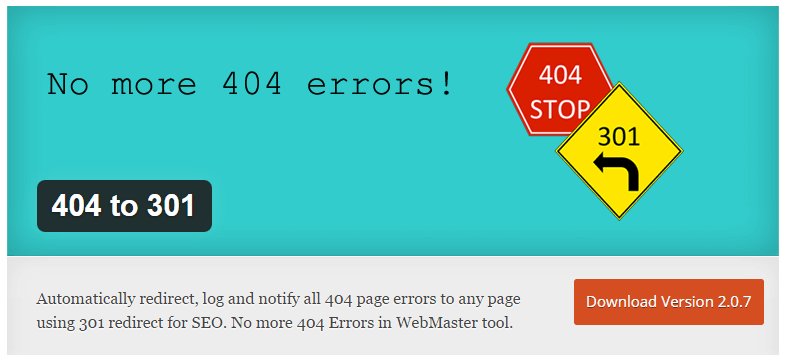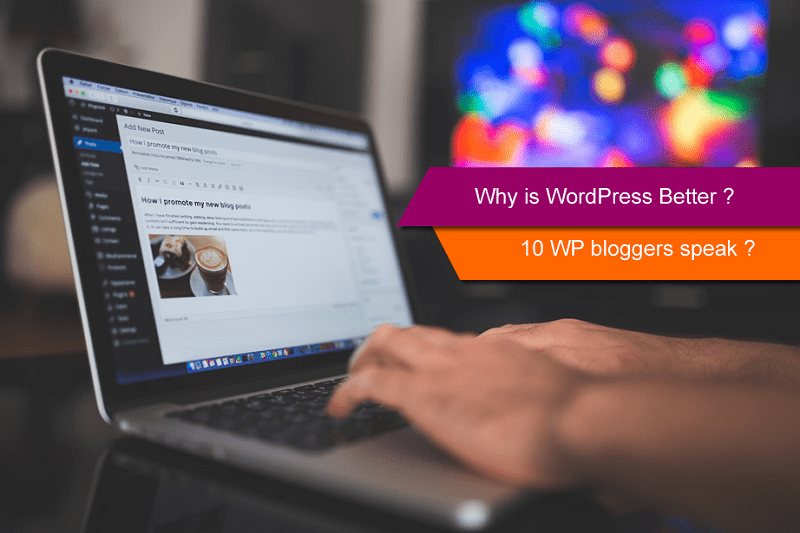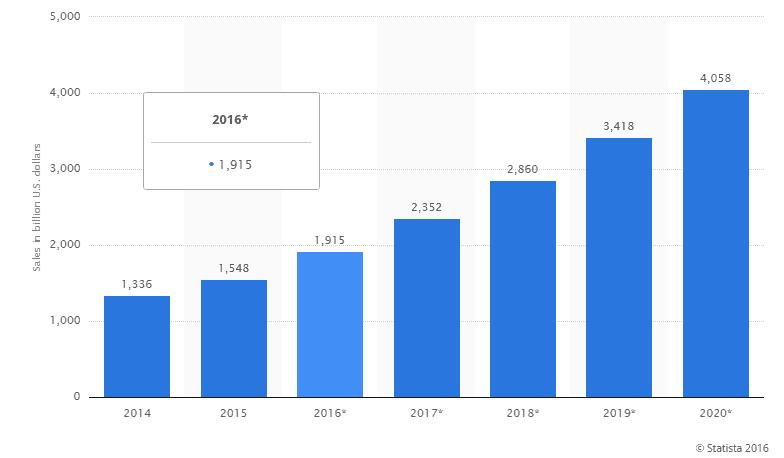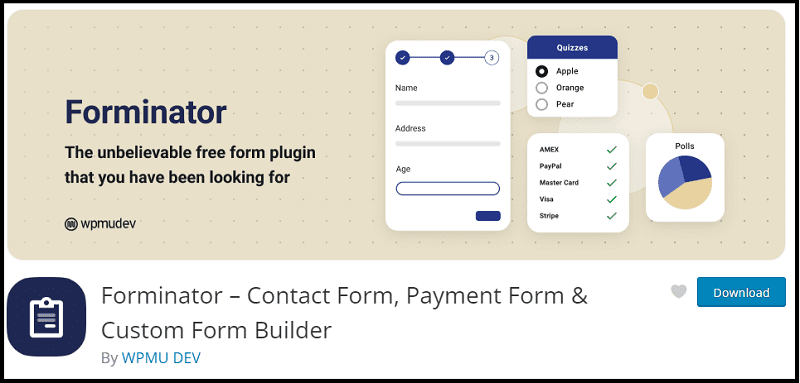Are you looking for new ways to engage your WordPress website visitors and drive more conversions? If yes, you’re reading the right article.
Artificial Intelligence (AI) has not just transformed the way we interact with our devices, but also how we interact with the web. One industry that has particularly benefited from AI is content creation and recommendation.
So, what if you could supercharge your WordPress site with AI-powered content recommendations? Sounds exciting, right?
Let’s delve into a practical guide that teaches you how to implement AI for content recommendations in WordPress. You’ll learn to deliver personalized content to your users, keeping them engaged and returning for more.
Stay tuned; you’re about to make your website smarter!
Table of Contents
Understanding AI for Content Recommendations

Source
AI for content recommendations refers to using artificial intelligence algorithms to analyze user behavior and preferences to suggest personalized content. This technology is based on machine learning, a branch of AI that earns from past data.
When applied to a WordPress site, the algorithm processes user data points such as browsing history, clicked links, time spent on pages, and even the interaction with the website.
The AI system then uses this information to understand individual user preferences and predict what kind of content would resonate with them. This makes the user’s browsing experience highly personalized and engaging.
Existing users are more likely to return to your site when they encounter content that is relevant and interesting to them, thereby reducing bounce rates and improving conversion rates.
Why Should You Implement AI-Powered Content Recommendations in WordPress?

Implementing AI-powered content recommendations in your WordPress site is not just an exciting prospect, it’s a game-changer in growing your digital presence. Here’s why:
- Increased User Engagement: Just like AI-generated headshots improve your brand, personalizing content recommendations based on user preferences boosts user engagement. Consider YouTube, whose AI-driven recommendations keep users hooked for hours, ever ready to click the next suggested video.
- Enhanced User Experience: By suggesting content relevant to a user’s interest, you’re curating a smoother, more enjoyable browsing experience. Just look at Netflix, its personalized recommendations are designed to keep subscribers watching and enjoying their service.
- Lower Bounce Rate: If your audience finds high-value content right at their fingertips, they’ll spend more time on your site. This reduces your bounce rate, just like Spotify users who stay logged in for longer listening sessions thanks to personalized music recommendations.
- Improved Conversion Rates: When a user feels understood and catered to, they’re more likely to trust your site and, consequently, convert. Amazon, with its AI-powered product suggestions, has seen a significant boost in conversion rates.
- Improved SEO Ranking: Search engines love websites that engage their users for longer. With AI, you can achieve higher session durations and lower bounce rates, improving your SEO ranking.
- Efficient Time Management: Your audience no longer has to search far and wide for content they’ll love—it’s served up right there for them. Think of it like LinkedIn’s job recommendations, saving users time in their job hunt.
- Data-Driven Approach: Lastly, AI allows you to move from a gut-feeling approach to a data-driven one. Just like how Google News curates a personalized news feed based on browsing history, you can leverage user data to make smarter content decisions.
How to Implement AI for Content Recommendations in WordPress: The Step-by-step Process
Now that you’re fully aware of what AI for content recommendations is and the benefits it brings, let’s jump into implementing this technology in your WordPress site. Here are the steps to follow:
Step 1: Setting the Stage in WordPress
The first step is getting your WordPress site ready for the integration of AI tools.
Recognize that WordPress, as a robust content management system, is designed to integrate seamlessly with a variety of plugins and tools, including those powered by artificial intelligence.
However, you must bear in mind the compatibility considerations. Not all plugins are compatible with every WordPress version or theme. You need to ensure the AI tool or plugin you’re planning to use is fully compatible with your current WordPress setup.
This will help you avoid functionality issues down the line. In a nutshell, you’re about to take your WordPress site to a whole new level with AI integration, but you need to ensure compatibility for a seamless transition.
Step 2: Data Collection and Processing

The next step is all about data collection and processing. You see, AI algorithms thrive on data—the more, the better. To enable AI-powered content recommendations, you first need to gather data about your users’ behavior on your site.
This data can include pages visited, links clicked, content preferences, and time spent on different pages. Once you have this data, you’ll need to preprocess it. This step involves cleaning and structuring the data in a way that’s conducive for AI algorithms to analyze.
It’s like preparing a well-structured recipe for your AI system to cook up some smart content recommendations. However, while doing all these, remember to mind the privacy and security of your users’ data.
In an era where data breaches are all too common, it’s paramount that you abide by all data protection regulations and best practices, ensuring your users’ data is securely stored and only used for the purpose intended—making their experiences on your site even better!
Step 3: Choosing and Implementing AI Algorithms
Choosing and implementing the right AI algorithms for content recommendations is a crucial step. You’d typically come across two popular methods: Collaborative Filtering and Content-Based Filtering.
In collaborative filtering, the recommendations are made based on the preferences of similar users. Think of it this way, if we have similar tastes in movies, and I liked a movie that you haven’t seen, the system would recommend that movie to you.
On the other hand, content-based filtering focuses on the properties of items. If you’ve read and enjoyed several science fiction books on the site, the system will suggest more books from that genre to you.
Also, you can further improve the accuracy of your content recommendations by using a Hybrid approach. This strategy combines both collaborative and content-based filtering to provide you with a more precise and personalized recommendation.
Step 4: Training and Fine-Tuning
The next step on our list involves training and fine-tuning your AI model with the collected data. You see, training an AI model is a bit like teaching a child.
You provide the model with data, allow it to learn from this data, and then test its knowledge through predictions. After the initial training, you’re not done yet. You need to continuously fine-tune your model to improve its performance.
Think of it like ongoing learning or professional development—you’re always striving for that next level of excellence.
Alongside this, it’s crucial to monitor and adjust your AI algorithms’ performance. Just as you’d keep an eye on the performance of a top employee, you need to watch how your AI is doing, making sure it’s delivering the best possible content recommendations for your users.
Step 5: Integration with User Interface
Integration with the user interface (UI) is the final, yet extremely vital, step of this implementation process. At this stage, you’ll be designing recommendation widgets that seamlessly blend with your site’s existing UI.
It’s essential to ensure a coherent look and feel, so your users feel at ease with the new feature. Customizing the user interface is key here – remember, we are aiming for an unobtrusive yet prominent display of AI-driven content recommendations.
You don’t want it to be a standalone feature, but rather an organic part of the user experience. Most importantly, as you make these changes, remember to maintain a responsive and mobile-friendly design.
In today’s digital age, a significant portion of your audience will be accessing your site via mobile devices, and you want to deliver a top-notch experience across all devices.
Step 6: Testing and Evaluation

Source
The next step conducting a rigorous testing and evaluation phase. Here, you’ll conduct A/B testing for different algorithms to identify the one that best suits your site and your users.
Consider this akin to a taste test; you’re trying to find the best recipe for your site’s success.
Alongside this, you need to analyze user feedback and behavior meticulously. This is like listening to your customers’ queries and praises—you want to know their likes, dislikes, and suggestions. This allows you to make iterative improvements based on testing results.
Think of this process as a cycle of continuous improvement—you test, analyze, improve, and repeat. This way, your AI-driven content recommendation system will keep getting better and better, providing a more personalized and engaging user experience.
Step 7: Performance Optimization
The final step on our list pertains to Performance Optimization. Here’s where you get to focus on fine-tuning the efficiency of your AI-driven content recommendation system.
Firstly, consider caching and optimizing your recommendation queries. This means storing the results of common queries temporarily, thus allowing you to serve up content recommendations significantly quicker.
Secondly, you need to think about scalability. As your content and user base grow, your system needs to be capable of handling the increased load without compromising performance. Lastly, always be on the lookout for performance bottlenecks – areas in your system that could slow down data processing.
It’s like detecting a slow-moving line at the supermarket and opening up more checkout lanes to keep everything moving smoothly. You want to ensure your users get their content recommendations swiftly and seamlessly, providing them with a superior browsing experience.
Future Enhancements and Trends of AI-driven Content Recommendation

In looking towards the future of AI-driven content recommendation systems, several key trends and advancements are emerging:
- Emotion Recognition Technology: This innovative technology can identify human emotions from facial expressions or text input. Incorporating this into content recommendation systems can facilitate even more personalized and engaging user experiences.
- Voice Recognition and Recommendation: With the growing popularity of voice-activated devices such as Amazon’s Alexa and Google Home, the integration of voice recognition into content recommendation systems is a burgeoning trend. This strategy enables a hands-free, voice-first approach to content discovery.
- Contextual Recommendations: Contextual recommendations consider the user’s current situational context, such as location, time of day, or the device being used. This approach can enhance the relevance and personalization of content recommendations.
- AI Transparency: As users become more concerned about their digital privacy, there’s a growing demand for transparency in AI operations. Future systems will need to communicate why certain content is recommended, fostering trust between the website and its users.
- Augmented Reality (AR) and Virtual Reality (VR) in Recommendations: AR and VR technologies are opening new dimensions for personalized content recommendations. Imagine getting book recommendations inside a VR library!
FAQs
What Is the Significance of AI Transparency in Content Recommendation Systems?
AI transparency is essential as users want to know why they’re being recommended a particular piece of content. It fosters trust and accountability, allowing the website to explain its decision-making process.
Does Voice Recognition Affect the Security of Content Recommendation Systems?
Integrating voice recognition technology can add an extra layer of security to content recommendation systems. It allows for user authentication through voice commands, reducing the likelihood of unauthorized access.
Can AI-driven Content Recommendation Systems be Misused?
Like any other technology, AI-driven content recommendation systems can be misused. This is why transparency and accountability are crucial in ensuring responsible usage. It’s essential to monitor and evaluate the system regularly to prevent any potential misuse.
How Can I Ensure the Optimal Performance of My Content Recommendation System?
Regular testing, evaluation, and performance optimization are key to maintaining optimal performance. It’s crucial to continuously monitor and identify potential bottlenecks and address them promptly. Additionally, staying updated on industry trends and advancements can help you make informed decisions for future enhancements.
Takeaway
The implementation of an AI-driven content recommendation system is a complex, yet rewarding endeavor.
With a focus on careful planning and execution, it involves critically important steps including data collection, model selection, algorithm development, UI/UX integration, rigorous testing, and continuous performance optimization.
Maintaining high performance demands regular testing and optimization, alongside constant vigilance for potential bottlenecks.
As we move forward into an increasingly digitized world, the ability to provide personalized content recommendations has never been more crucial. It’s time to leverage the power of AI and transform your content recommendation system.
Are you ready to start your journey toward a more engaging, personalized, and efficient content recommendation system? Take that first step today!
Author’s Bio
Paul Aroloye is an SEO Specialist, AI Tools Expert, and YouTuber. You can reach out to him here.

























This is a great article showcasing how to properly use AI to create content in WordPress. This is a great learning tutorial as opposed to the Youtube videos showing how to use AI to abuse the internet.